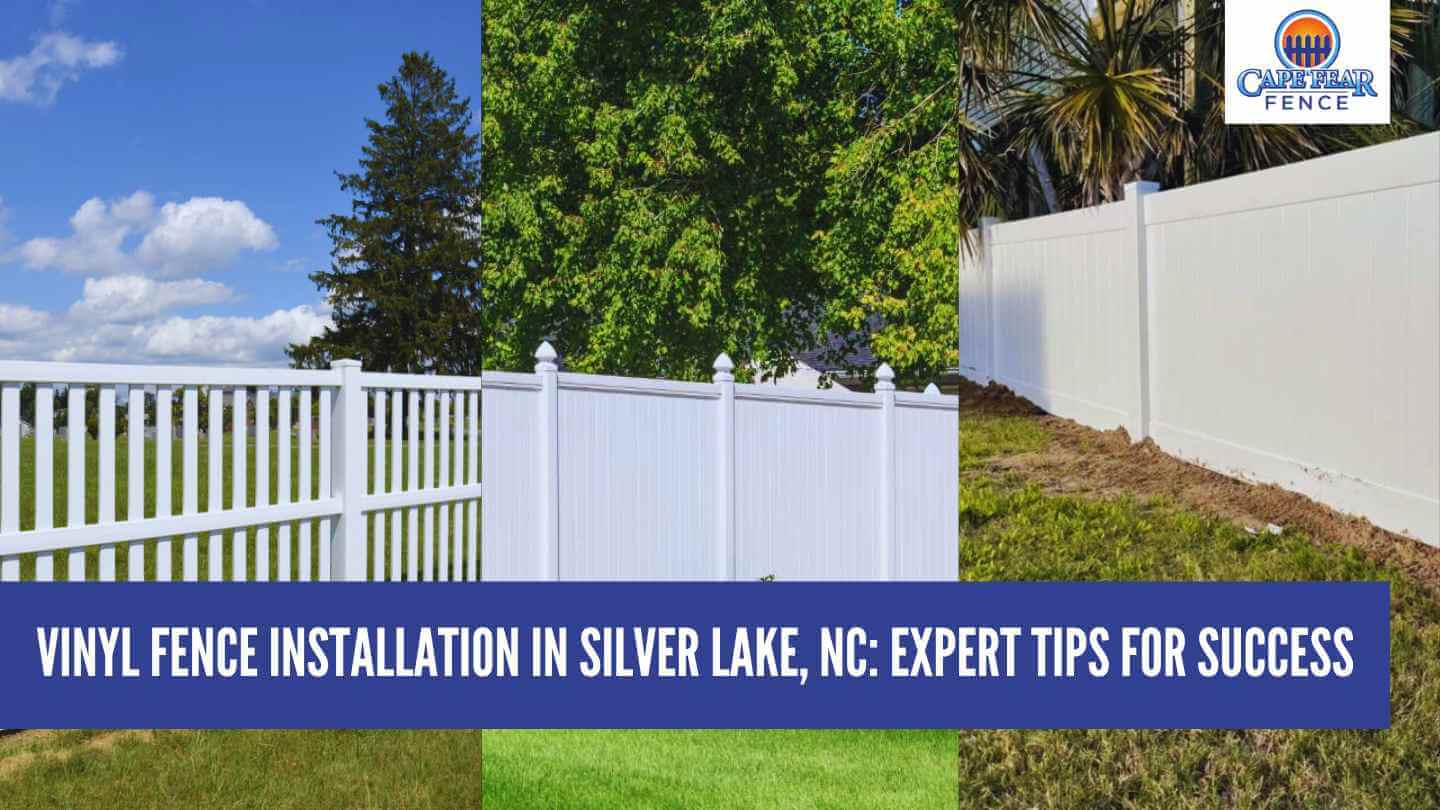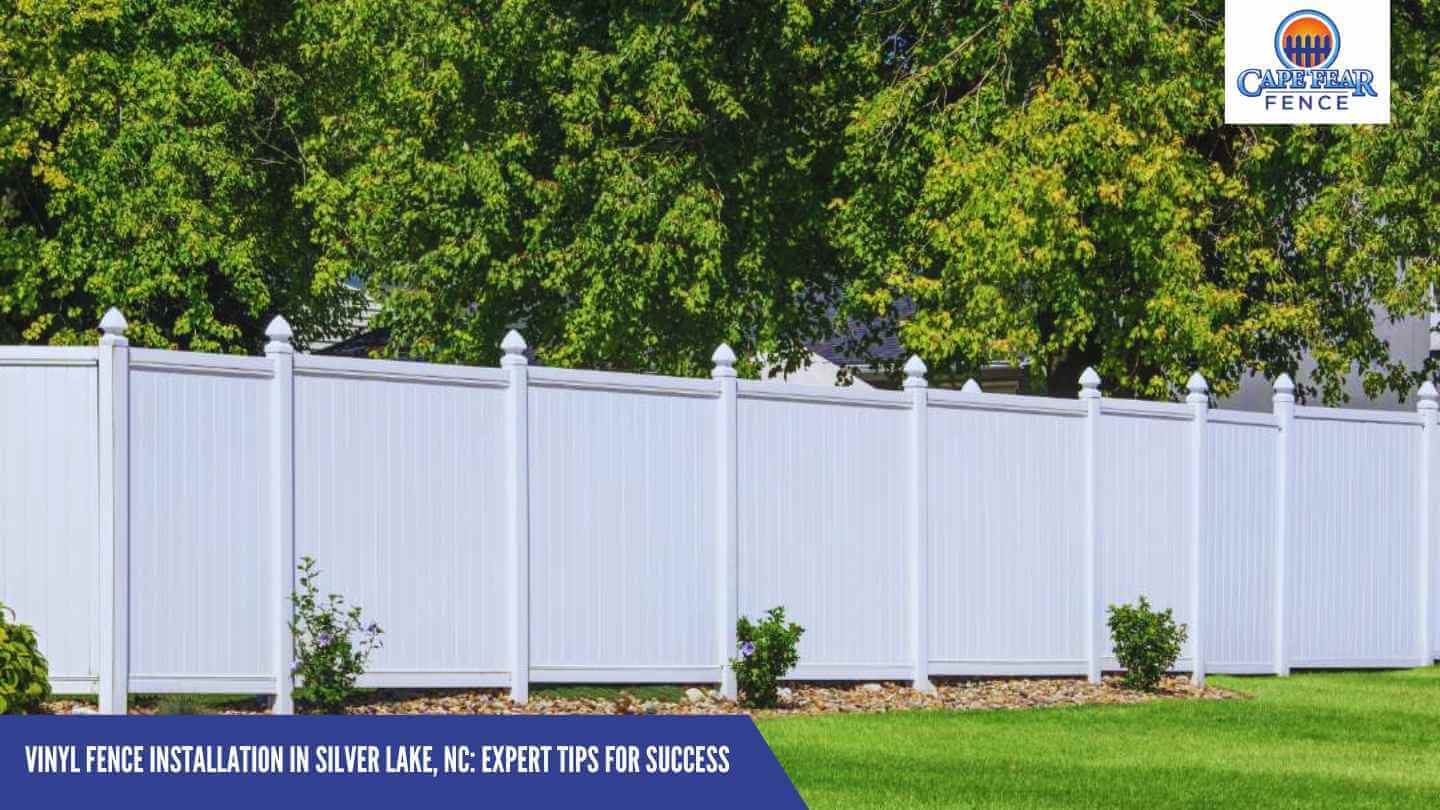Before you begin your vinyl fence installation in Silver Lake, NC, it’s essential to ensure that your property is adequately prepared for the project. In this section, we’ll discuss the importance of assessing your property’s needs and effectively marking property lines with vinyl fence.
While hiring professionals for your vinyl fence installation is a wise choice, some homeowners may prefer to tackle the project themselves. In this section, we’ll share pro tips for DIY enthusiasts to ensure a successful and hassle-free installation of a vinyl fence.
Efficiency is key when it comes to a smooth and successful vinyl fence installation project. In this section, we’ll explore strategies to streamline the installation process and ensure consistent results.
 Family Owned & Operated
Family Owned & Operated Licensed & Insured
Licensed & Insured All Service Guaranteed
All Service Guaranteed MENU
MENU FREE ESTIMATES
FREE ESTIMATES


